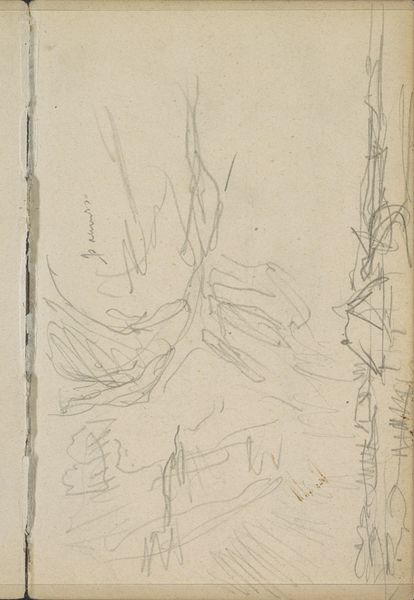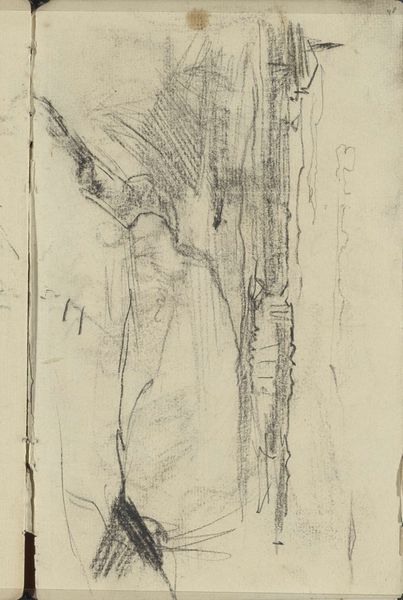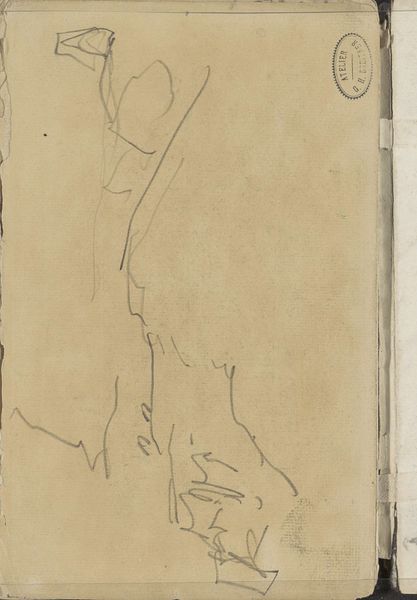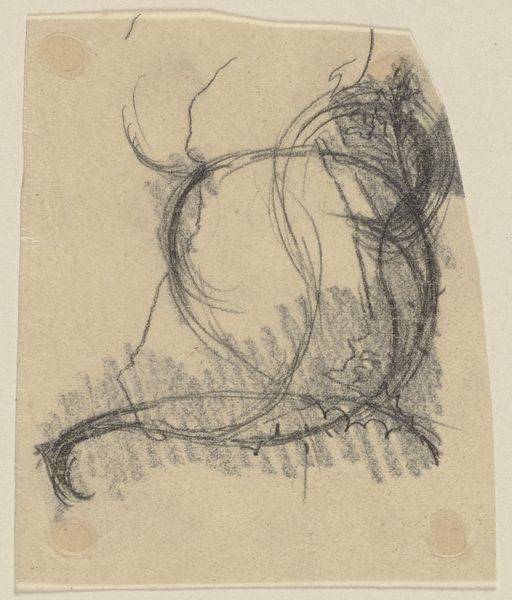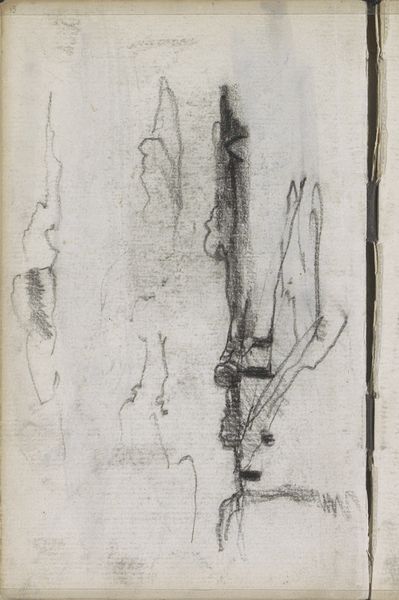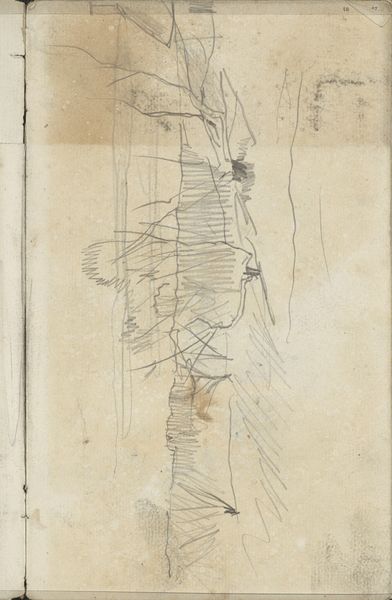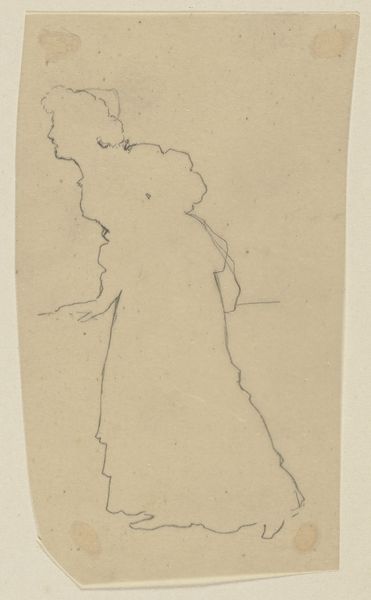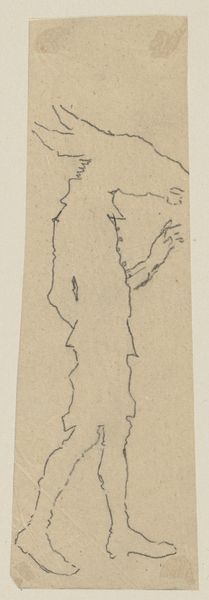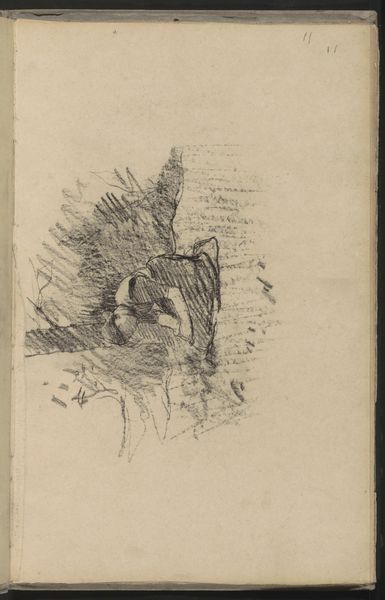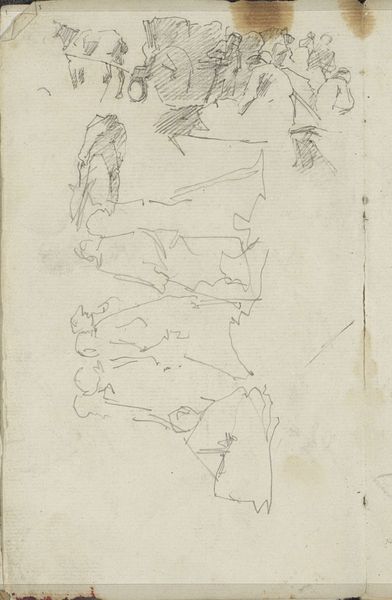
Helena, stehend, nach links, sowie Kopf der Helena nach rechts und nach links c. 1867 - 1868
0:00
0:00
Copyright: Public Domain
Curator: Right, let’s talk about this quick little thing. What do you make of it? Editor: Hmm, it has a spectral feel. It looks more like a ghostly memory than a physical body; very dreamlike with those overlapping profiles. The fragility of the pencil on paper really amplifies the sense of fleetingness. Curator: That's interesting! Well, this drawing, "Helena, stehend, nach links, sowie Kopf der Helena nach rechts und nach links," roughly translates to "Helena, standing, to the left, as well as head of Helena to the right and to the left". It was created by Paul Konewka, around 1867-1868. And, yes, that ethereality makes sense, given the artist's focus on Romanticism. Editor: Konewka, you say? He's captured Helen not just as a form but as an idea, as if trying to pin down the perfect angle, the essence of beauty. What sort of labor went into something that seems so… effortless? Curator: It's a preliminary sketch, almost like visual notes. Perhaps for a more finished piece. This isn't about polished perfection, but about exploring the form, the possibilities. You know, how the same raw materials—pencil, paper—can manifest such a diversity of art. Editor: Absolutely. The social context too – how were women, and especially someone as iconic as Helen, viewed and represented in that era? The layers of representation add to her mystique, like peeling back history. I love how accessible drawing feels in that context. Curator: And accessible it is. It's in the Städel Museum collection, where visitors today connect with Konewka’s Helena across time. The artist's light touch is striking; you feel as if it could disappear at any moment. Editor: Disappear, yes, and also re-emerge with each viewing, shaped by our own histories. Curator: It is funny how a simple pencil sketch can speak volumes. Editor: Leaving you with that sensation like chasing after an almost-forgotten daydream. Thanks for bringing this into focus for me. Curator: You're very welcome. It’s the subtle things that often speak the loudest.
Comments
No comments
Be the first to comment and join the conversation on the ultimate creative platform.
